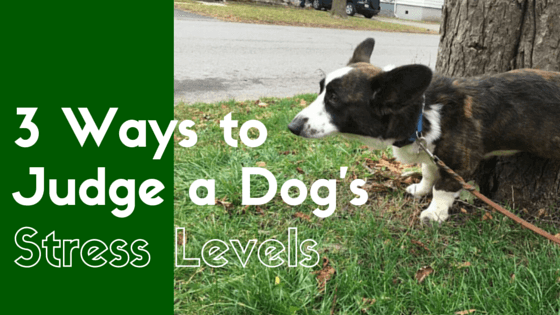3 Ways To Judge A Dog’s Stress Levels
From puppy classed to reactive dog classes, judging the stress levels of the dogs is an important part of making the class successful. There are three optimal ways to quickly judge a dog’s level of stress during training. Reducing stress levels in a dog is important to the learning process. Learning is hard without all the environmental distractions in a group class or at a park so reducing the level of stress the dogs are in will improve your training success rate and increase the amount of time you can train them effectively by lowering the level of fatigue the dog will experience.
Observe Body Language
Excessive sniffing, yawning, lip licking, scratching, or other passive behaviors are a sign that the dog needs a break, more space between dogs, or more positive reinforcement. Ideally, training sessions shouldn’t last longer than 5 minutes at a time so make sure your client’s aren’t working their dogs too long.

Food Intake
When a dog’s stress levels increase, they will likely stop eating treats they were accepting just a few minutes before or they’ll take the treats more harshly than before. If you hear clients complain that their dog must be full or that the dog is hurting them when they take the treat, ask your clients to give their dogs a small sniffing break away from other dogs or people. This will help the dog “reset” and regroup in order to continue learning. We all take breaks while studying for exams, right?
Response To Known Behavior Cues
Considering that a dog knows that sit means sit at home, at the park, at the vet’s office, and everywhere else, if the dog does not sit when asked during class it could be a sign that the dog is too stressed to comply or understand what is needed of them. This is especially true when working with reactive dogs and their “fight or flight” response has been triggered. It isn’t that the dog is being stubborn, but rather that they dog cannot think straight because they are worried for their physical safety. If someone put you in your most feared situation and asked you to do math, how well do you think you would do?
Stress is an emotional roller coaster for everyone – people included. Being able to recognize it in dogs will help your training proceed more smoothly and efficiently. Implement management techniques to help dogs (and their people) feel more comfortable in group classes or lessons out and about.
What’s one of your favorite stress management techniques for dogs or people? Share it with us below in the comments!



